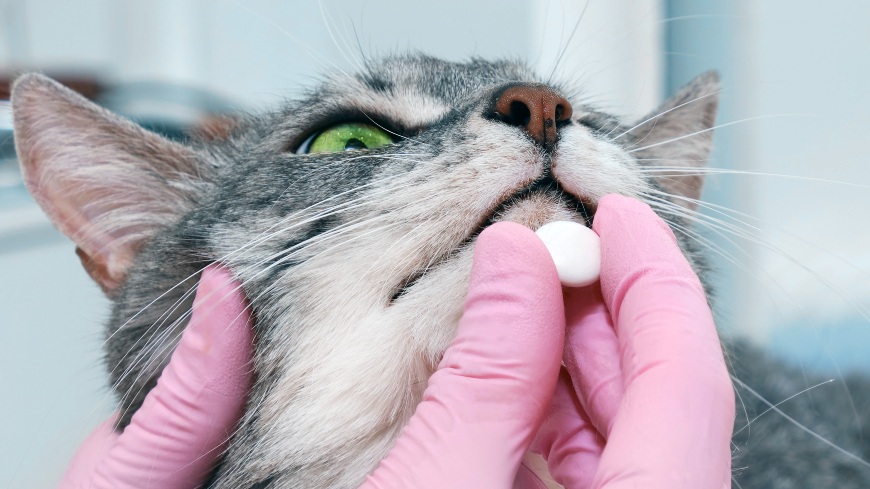Sterility requirements in non-liquid and non-parenterally administered veterinary vaccine monographs have been replaced by a maximum bioburden limit to allow the development of new innovative vaccine presentation forms while maintaining the same safety guarantees.
The revised sterility requirements for these vaccines as described in the general monograph Vaccines for veterinary use (0062) published in Pharmeuropa (33.2) were adopted at the 171st European Pharmacopoeia Commission session. These revised requirements cover not only existing presentations, such as eye drop vaccines for poultry but also and more importantly, new innovative vaccine presentation forms to be administered orally or by nasal spray to avian or non-avian species (e.g. dogs, cattle, fish). Supplied in novel packaging presentations, for example blister packs or plastic sealed cups, these new forms include tablets, effervescent tablets and freeze-dried spheres which are intended to be incorporated into feed, etc.
These innovations are directed both at increasing user safety and convenience for the customer and at improving product consistency and product presentation (direct packaging) flexibility. Since the final stages of packaging are difficult or impossible to perform under aseptic conditions, the final product requirements have been revised to replace sterility by requirements for the absence of relevant pathogenic micro-organisms and an appropriately low number of micro-organisms per dose, based on batch data and process validation, provided that the product remains stable throughout its shelf life. These changes must be adequately justified and agreed by the competent authority and are in line with the new veterinary Commission Delegated Regulation (EU) 2021/805 of 8 March 2021 amending Annex II to Regulation (EU) 2019/6, coming into force on 28 January 2022.
See also:




